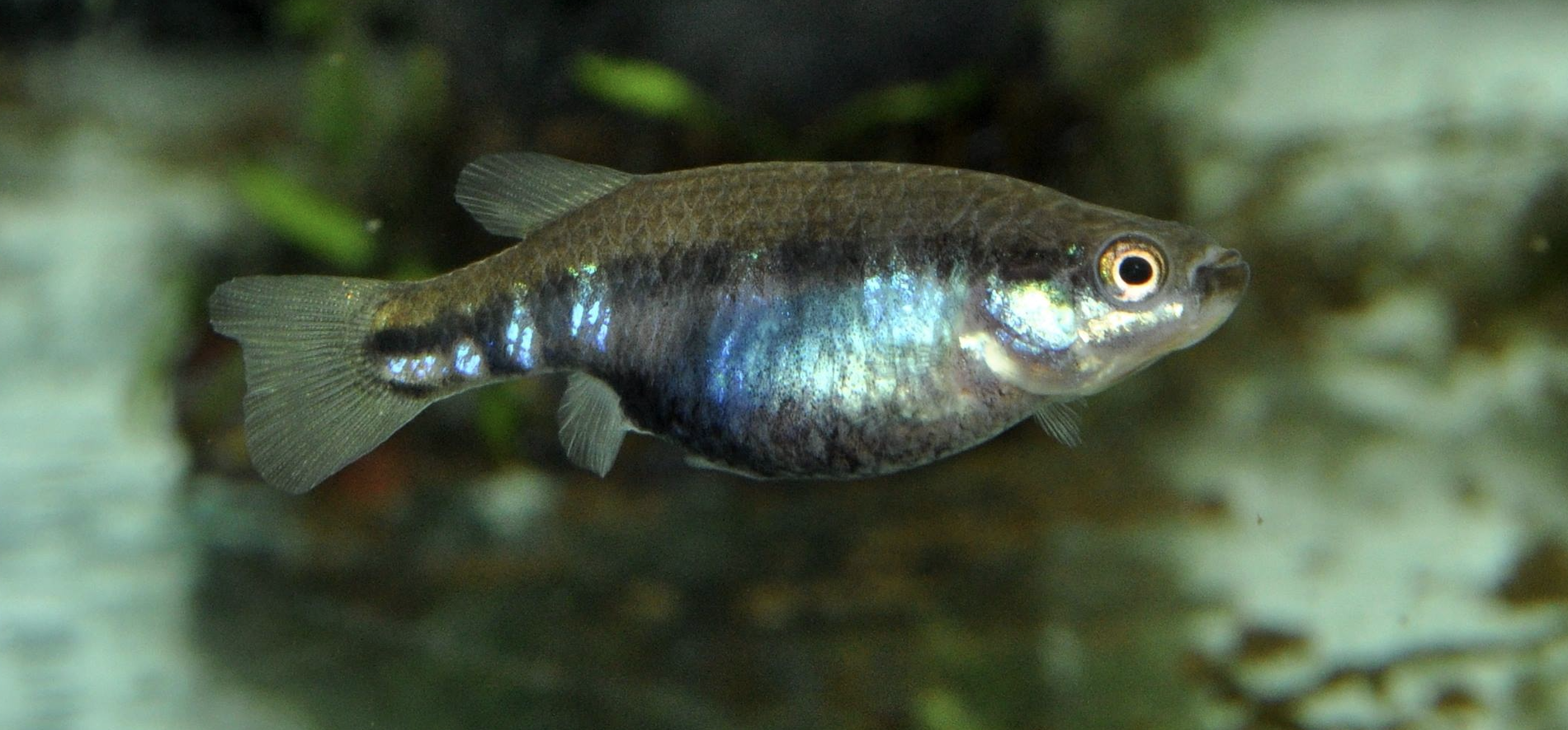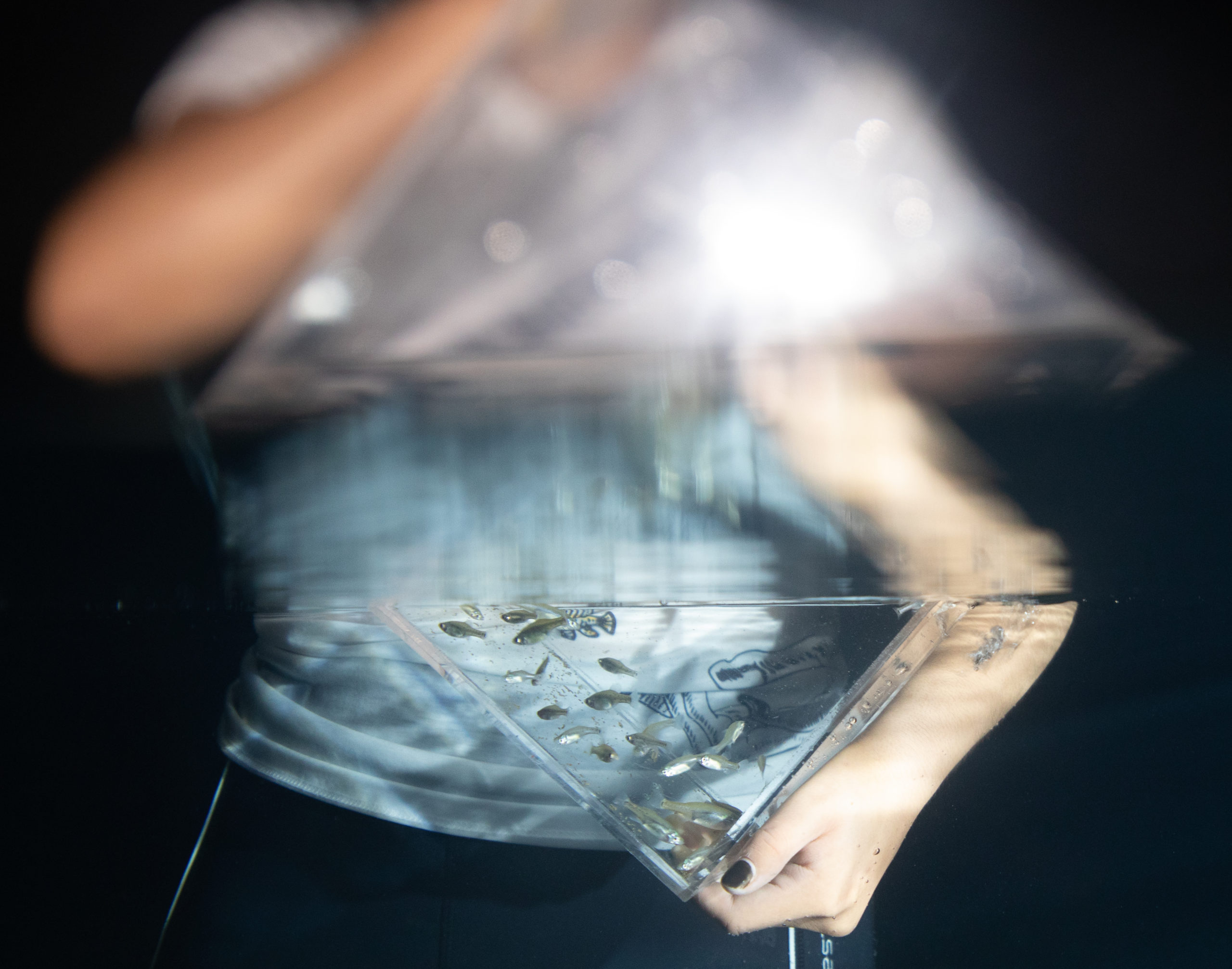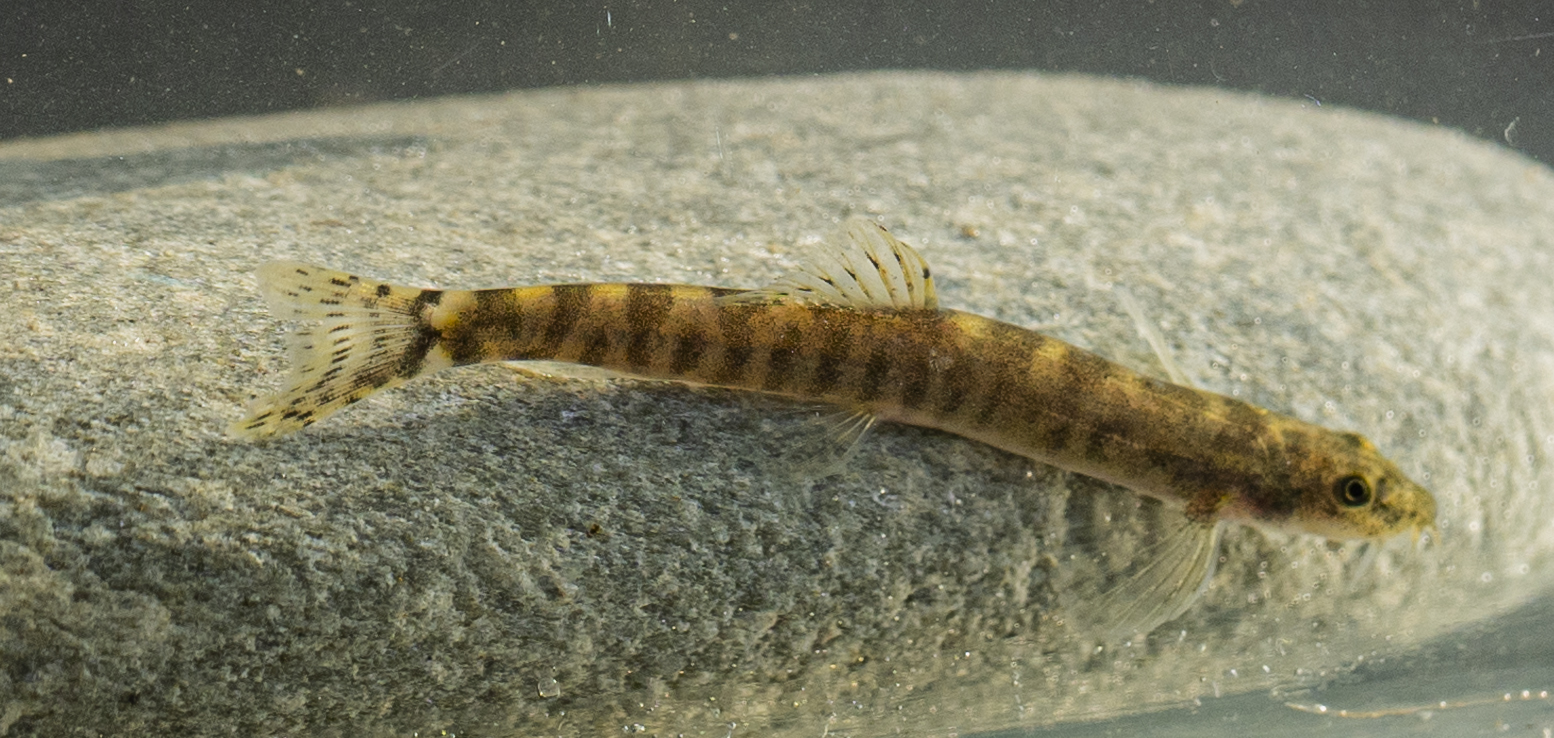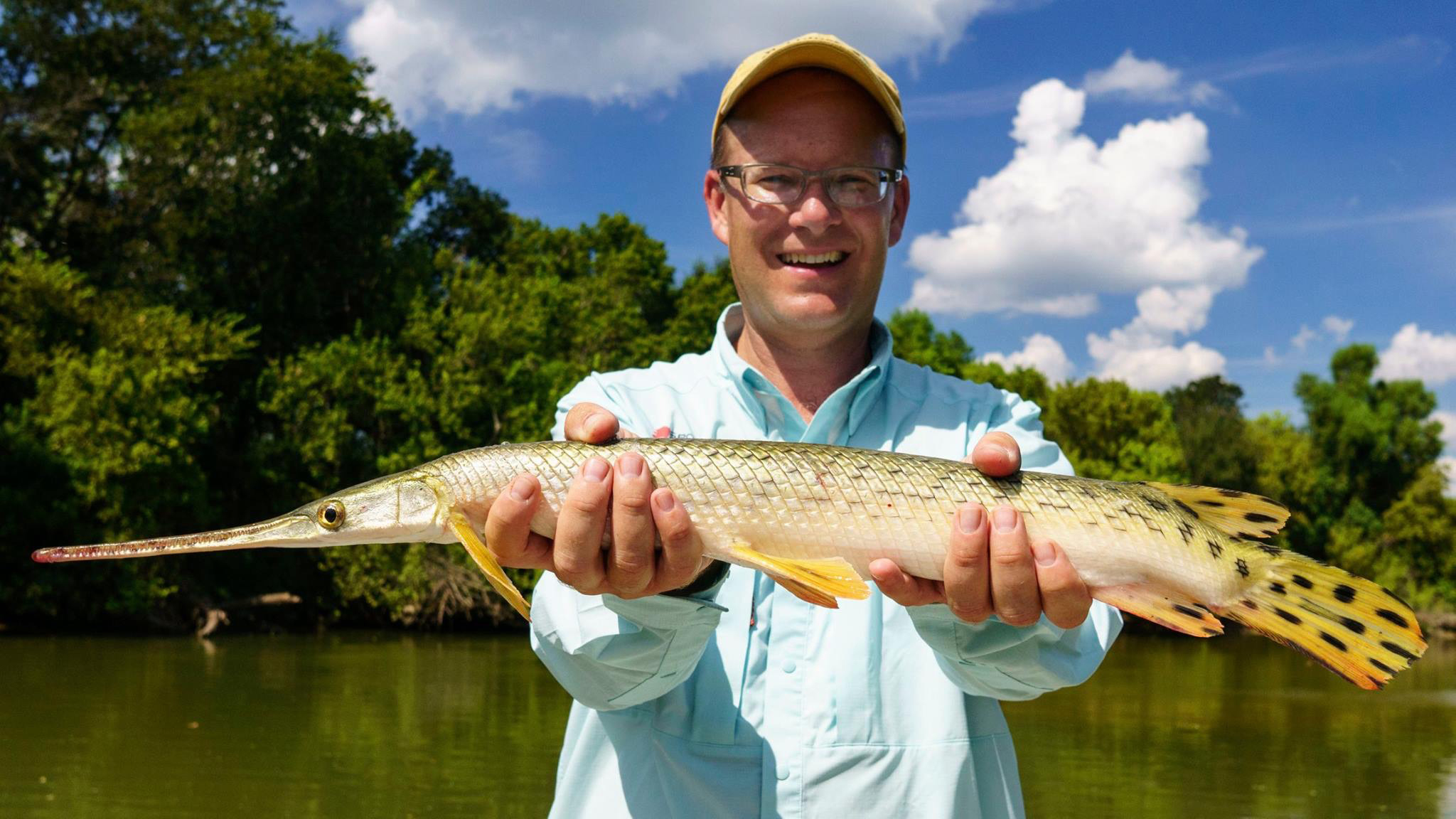Trip Diary: Conservation in Southeast Asia with Mike Baltzer
It’s been a busy Spring for SHOAL’s Mike Baltzer. Our Executive Director has just returned from a journey across Southeast Asia that took him from Singapore to Cambodia to Thailand and back to Singapore.
“The trip gave me an invaluable opportunity to connect with local experts, plan future collaborations and see some of the world’s most biodiverse freshwater ecosystems first-hand.”
First stop Singapore
Starting in Singapore, Mike attended the Association of Southeast Asian Nations (ASEAN) meeting held at the Singapore Zoo, hosted by the IUCN SSC ASAP and Mandai Nature, to begin the process of designing an action plan for species conservation in Southeast Asia.
The meeting brought together experts from the region alongside those with an expertise in writing action plans for threatened species in the region, like Mike. The group discussed the process of developing this ambitious project, and how to ensure the results have the greatest impact.
“The ASEAN expert meeting was a wonderful opportunity to discuss SHOAL and freshwater conservation with national experts and potential partners, and find ways to move forward with action in each of the Southeast Asia countries.”
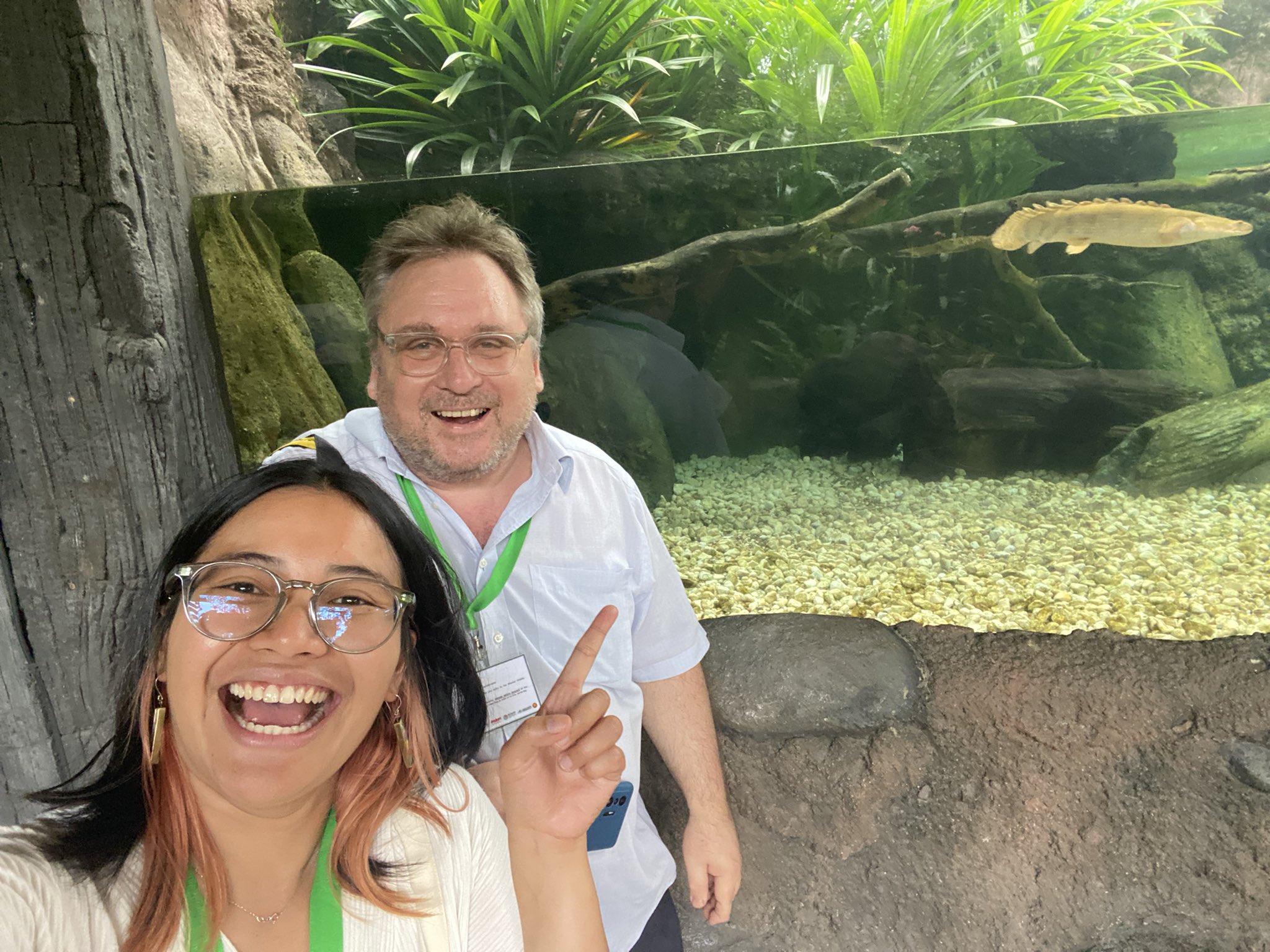
© Sheherazade, co-director of PROGRES
Mike was also able to meet up with some of our partners in Singapore including PROGRES, a conservation NGO in Sulawesi, Indonesia, which fuses science with the power of locally-led conservation action. Read more about PROGRES’ amazing work on our blog→
One of Indonesia’s leading conservation specialists Prof. Mirza Kusrini then met Mike for an enlightening and helpful discussion about potential partners in Papua and West Papua in Indonesia.
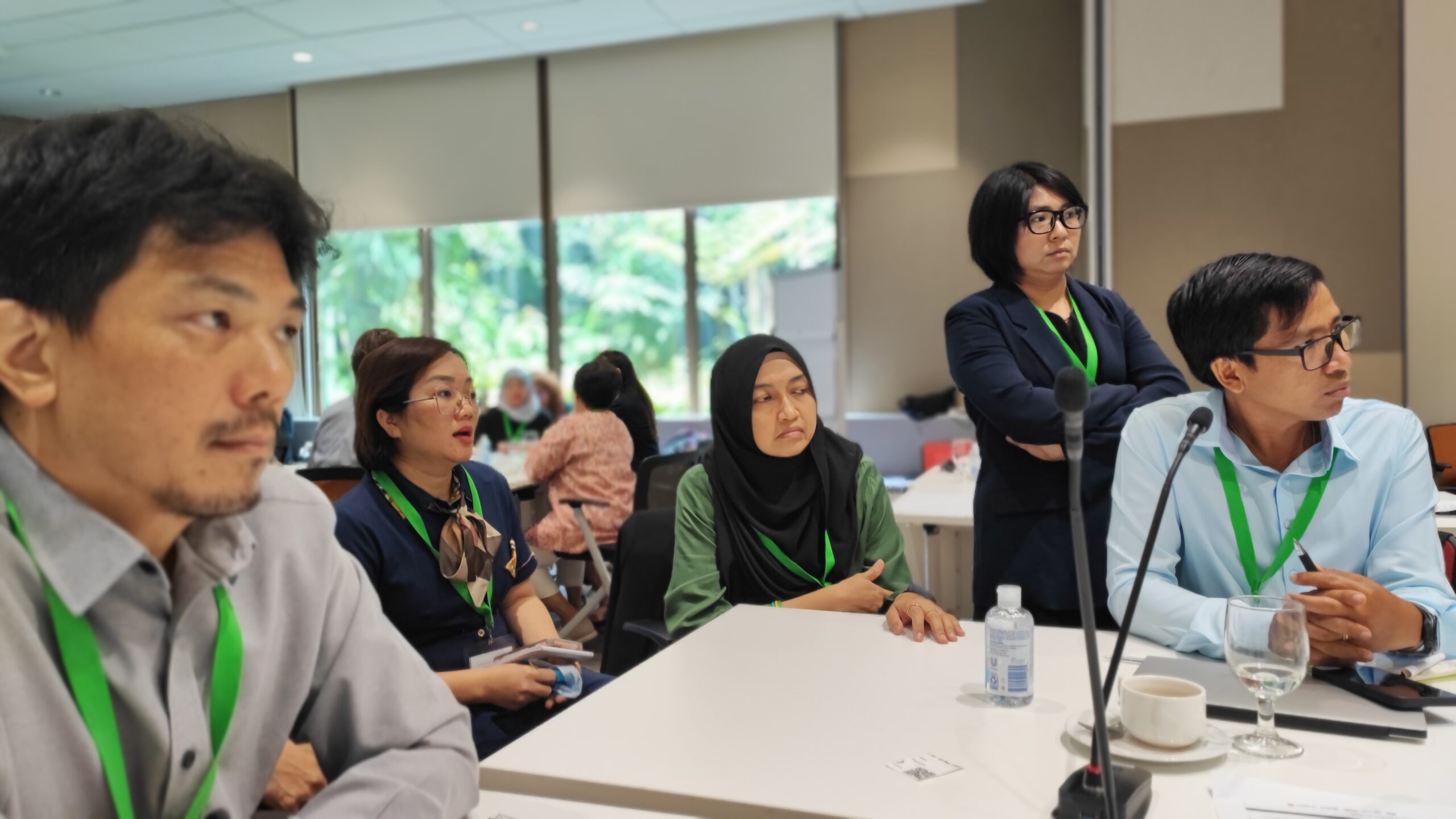
© Mike Baltzer
Onwards to Cambodia
Mike then headed to Siem Reap, the home of the breathtaking Angkor Wat, to meet potential partners and discuss future activities in the Tonle Sap lake in Cambodia. The area is one of the world’s most large and valuable wetlands.
He and the team were able to capture some striking shots of the extensive fisheries on the lake, as well as explore potential conservation projects.
“In Cambodia, I was struck by the damage, caused by the COVID-19 pandemic, to the local economy and threat this now posed to natural resources as people seek ways to pay off loans and restore their businesses and income sources. It was clear to see that the great fisheries of the Tonle Sap were once again a vital source of food security during the toughest times.”
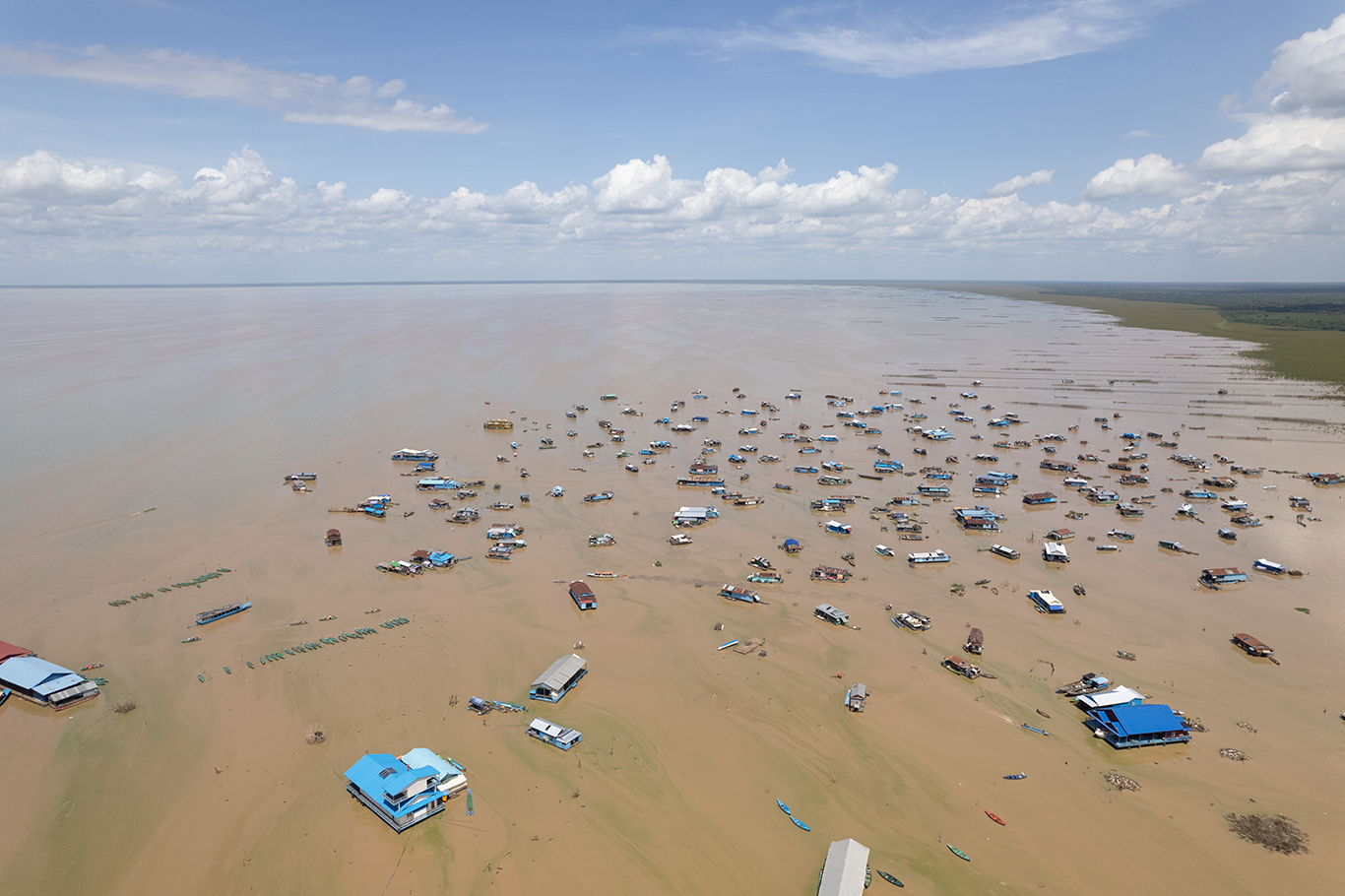
© Ben Hayes
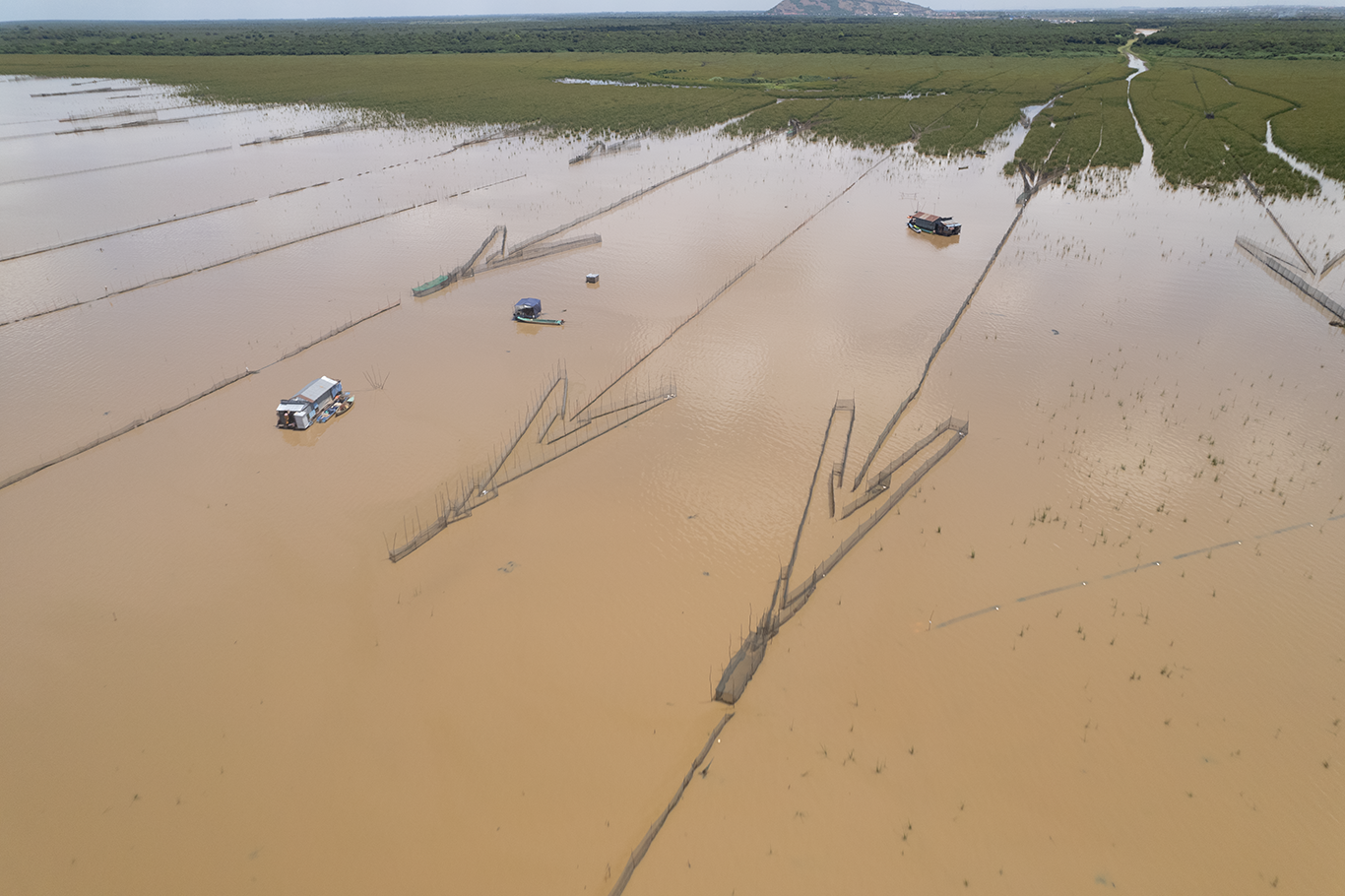
© Ben Hayes
Thailand and back to Singapore
On return to Singapore Mike took the opportunity to stop over in Bangkok and meet with Dr Dindo Campilan, Regional Director of the IUCN Asia Regional Office, and his team to explore potential collaboration on projects in the region.
The next day, Mike returned to Singapore for a full day meeting with the IUCN SSC ASAP and Mandai Nature team to prepare for the launch of The Strategic Framework to Accelerate Urgent Conservation Action for ASAP Freshwater Fishes in Southeast Asia on 3rd July 2023.
The trip was drawing to a close, but there’s no way Mike could fly back to the UK without squeezing in a visit to the new Bird Paradise at Singapore Zoo, after being kindly given a ticket.
“Bird Paradise is incredible. You can walk through huge aviaries and really feel that you are seeing the birds in the wild – all with clear conservation messages and actions. And of course it was great to be harassed by beautiful salmon-crested cockatoos – one of my favourite birds!”
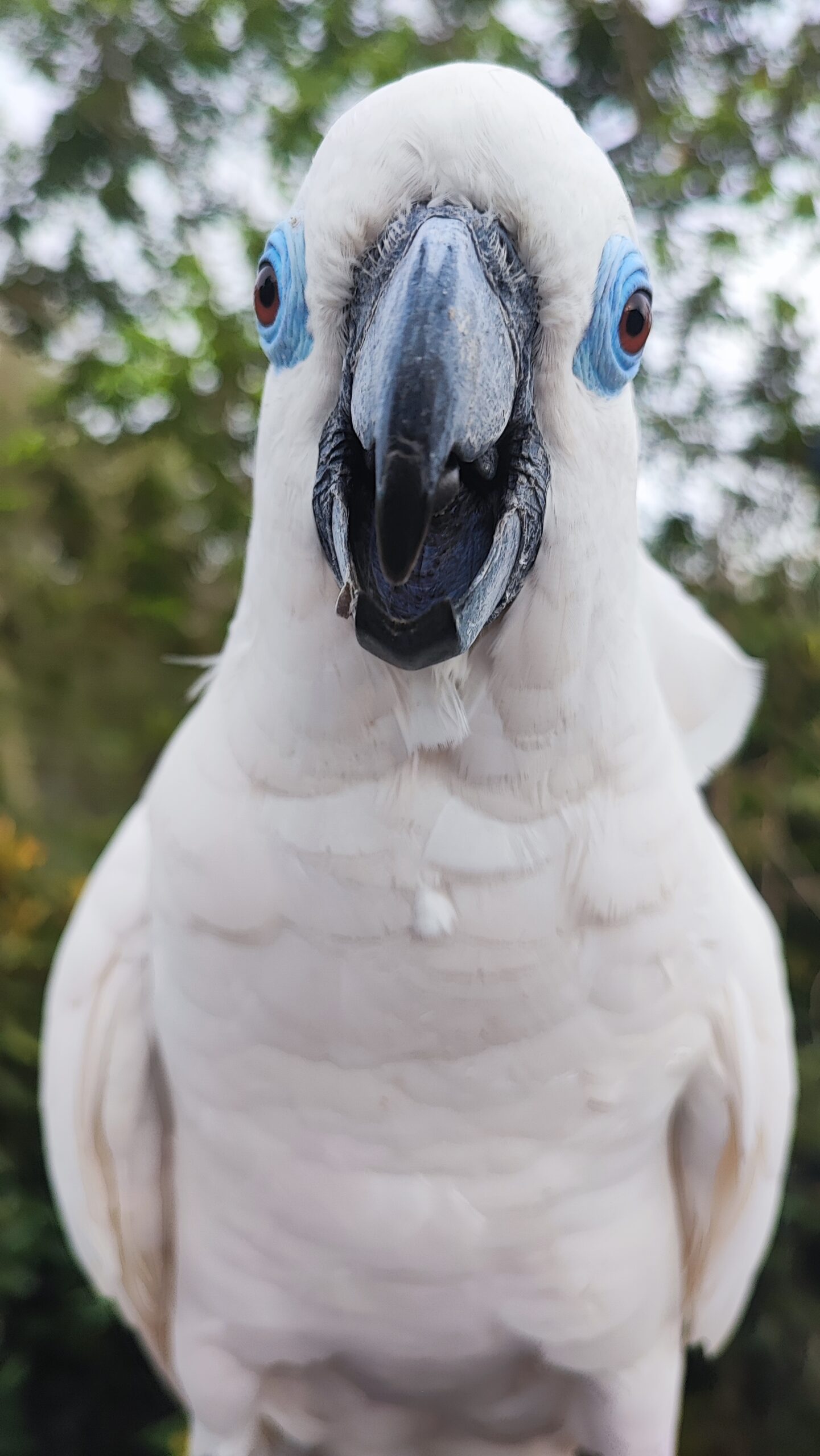
© Mike Baltzer
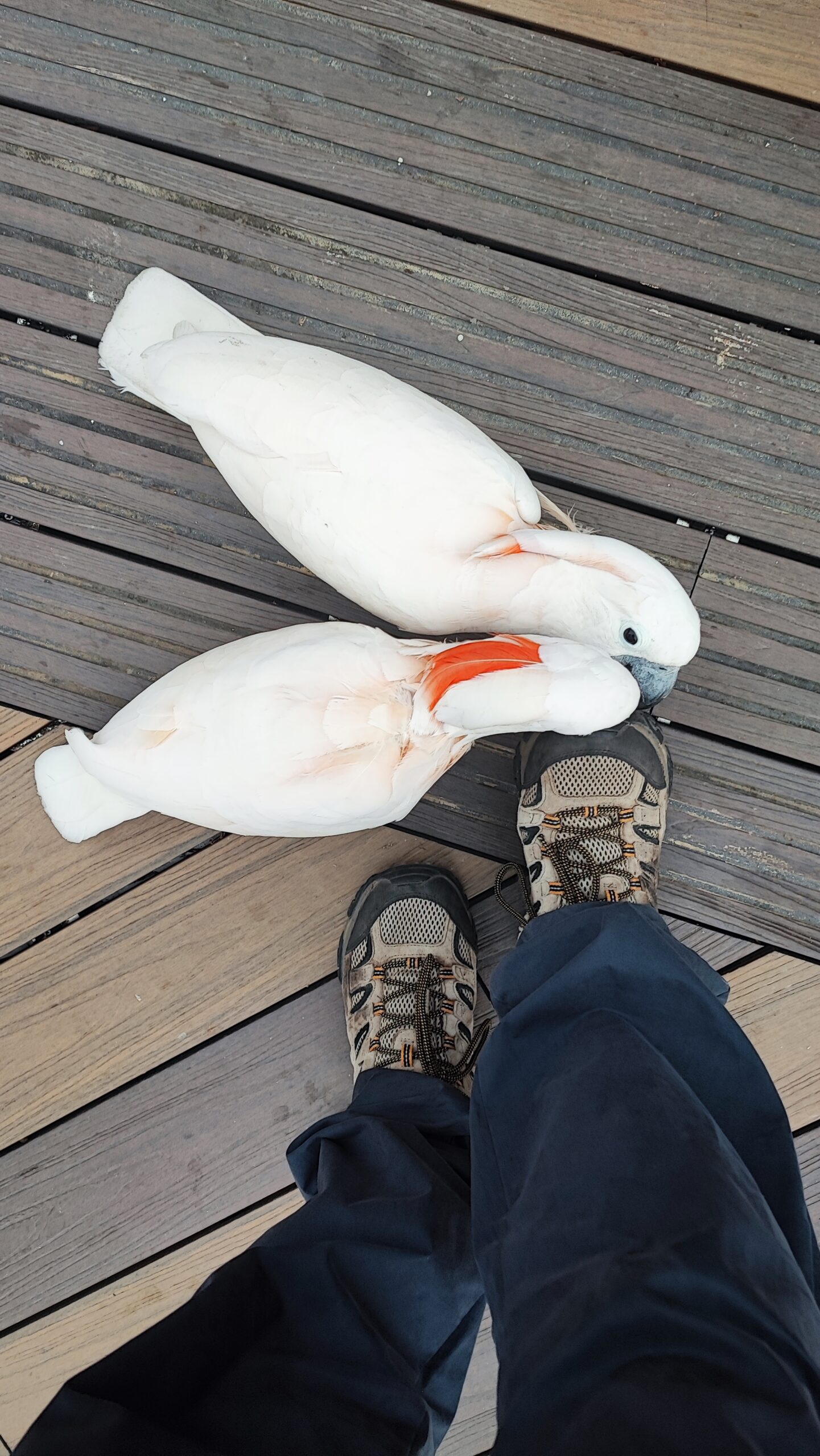
© Mike Baltzer
Reflecting back and looking forward
Southeast Asia is considered the region with the highest number of species facing immediate extinction, and freshwater fish make up the largest group with almost 100 species Critically Endangered. As aquatic species in general are overlooked globally amongst conservation actions, there is presently very little targeted conservation action underway.
SHOAL is currently working with the IUCN Species Survival Commission’s Asian Species Action Partnership and Mandai Nature on a major new report which offers conservation hope for Southeast Asia’s most threatened freshwater fish.
“As we prepare for the launch of our new report in collaboration with IUCN SSC, ASAP and Mandai Nature it is important that we meet to discuss with as many local experts as possible on potential projects and partners. There are a lot of ASAP fishes there that need immediate attention so building capacity of local NGOs across the region is a high priority.”
Based in Singapore, Mandai Nature are a conservation non-profit who host organisations including the IUCN Species Survival Commission (IUCN SSC) Center for Species Survival: Southeast Asia, and the IUCN SSC Asian Species Action Partnership (ASAP).
Formed under the IUCN SSC, the Asian Species Action Partnership (ASAP) are an alliance of more than 220 partners working to save Critically Endangered species in Southeast Asia.

